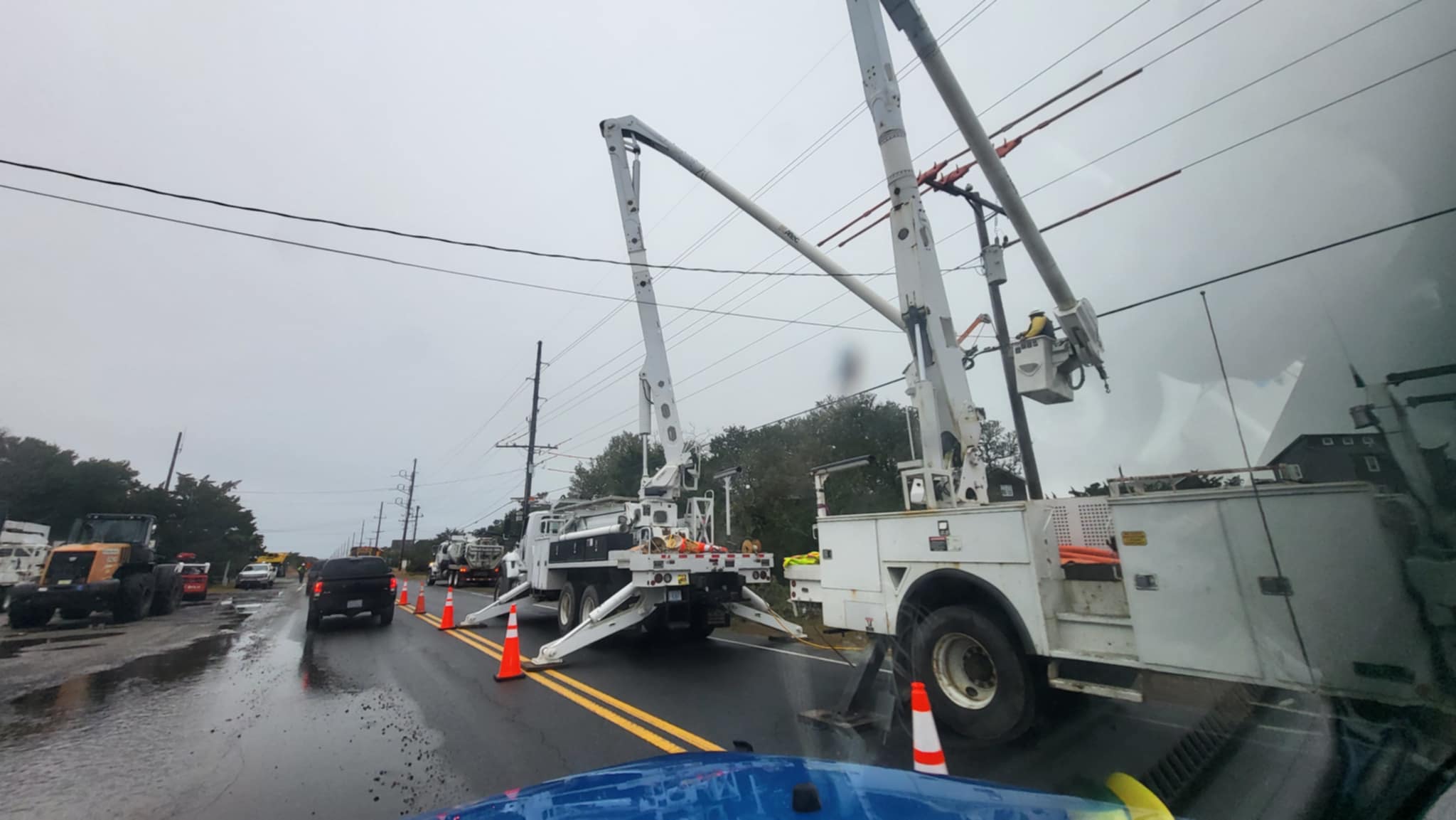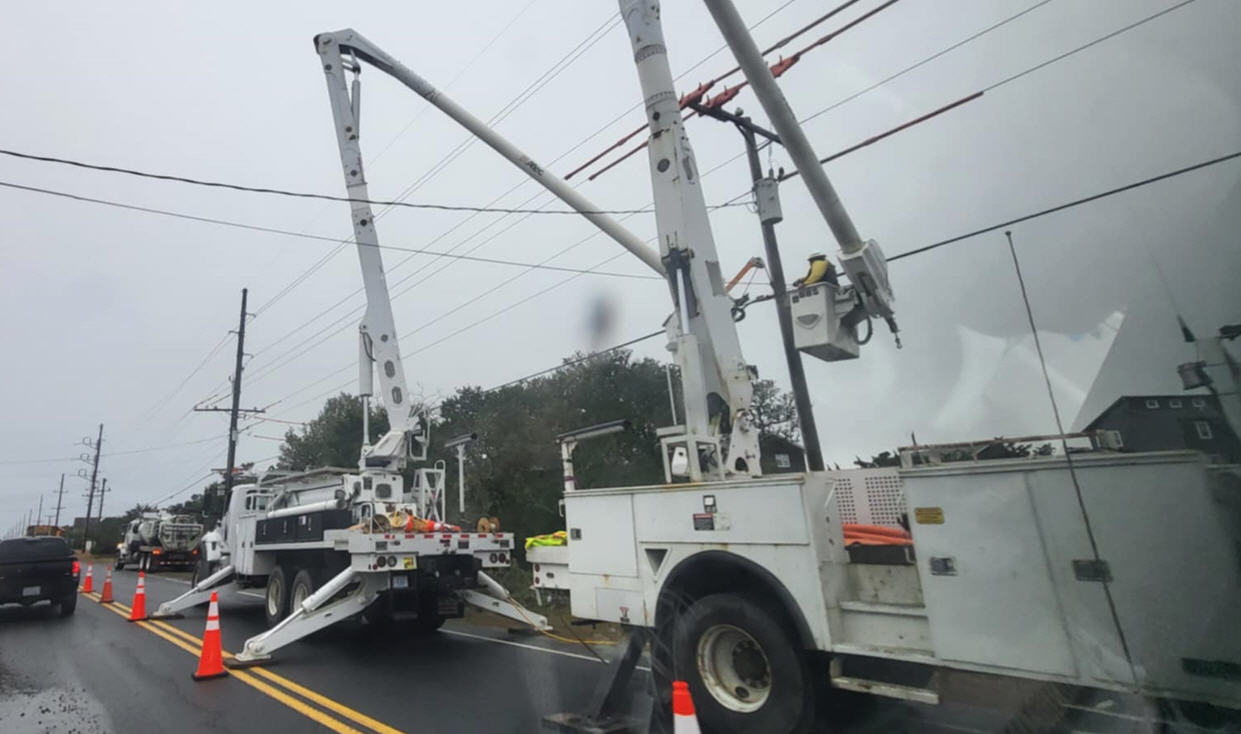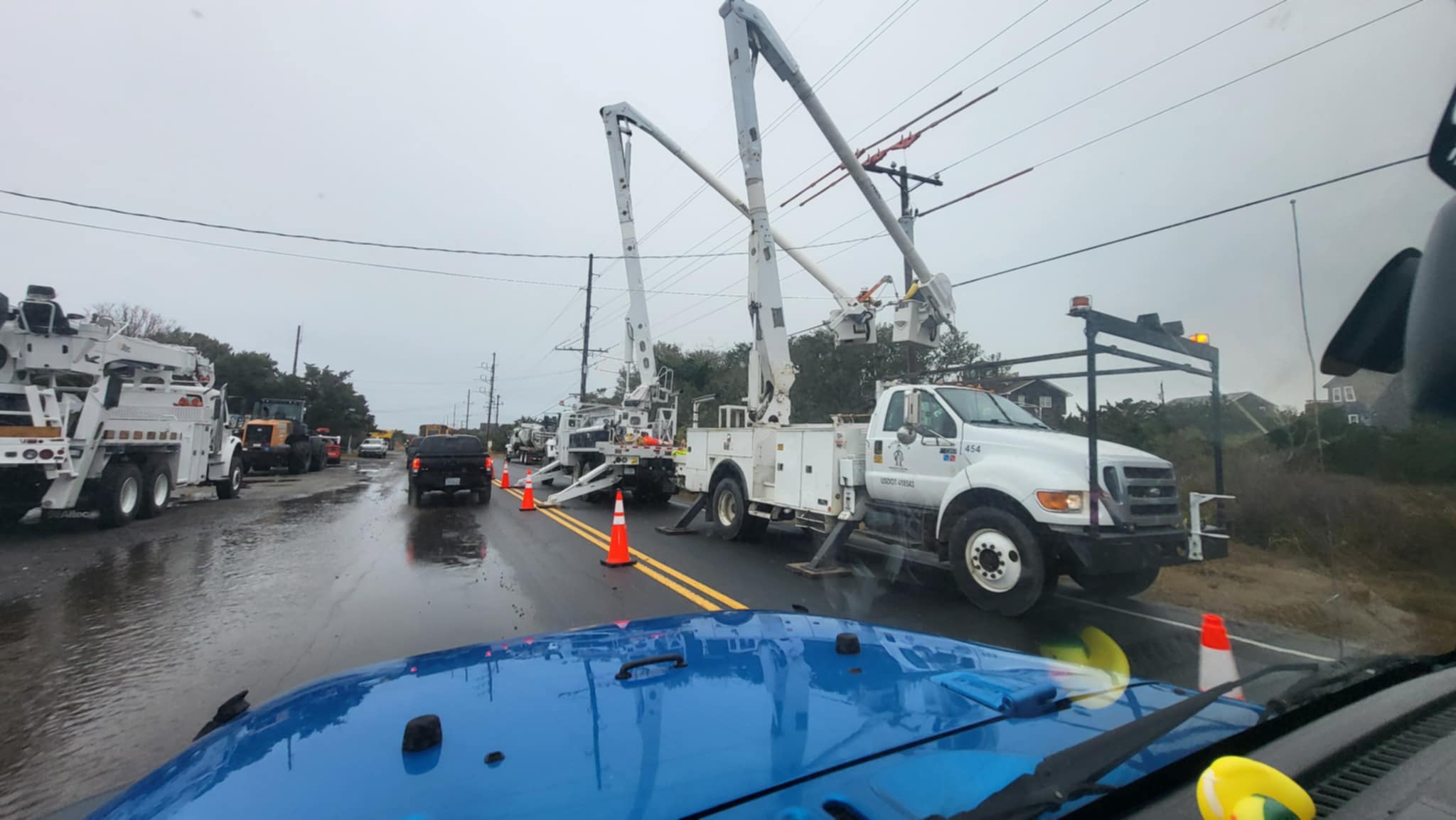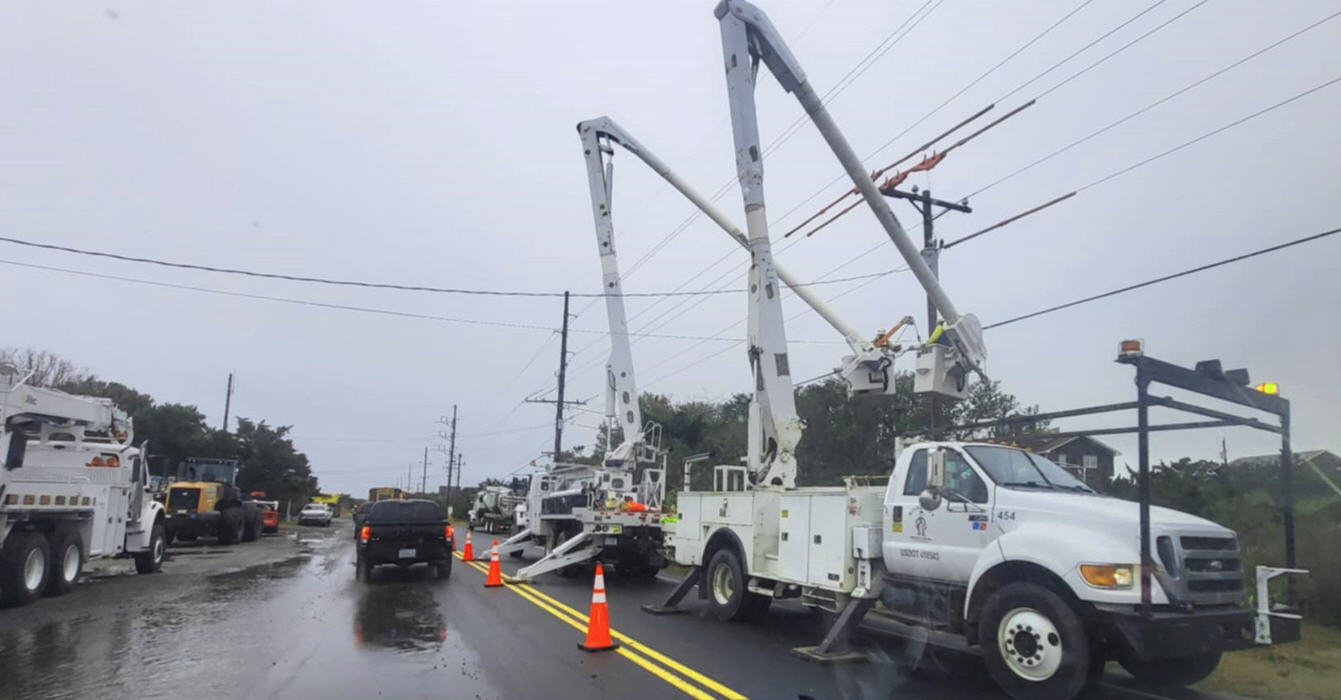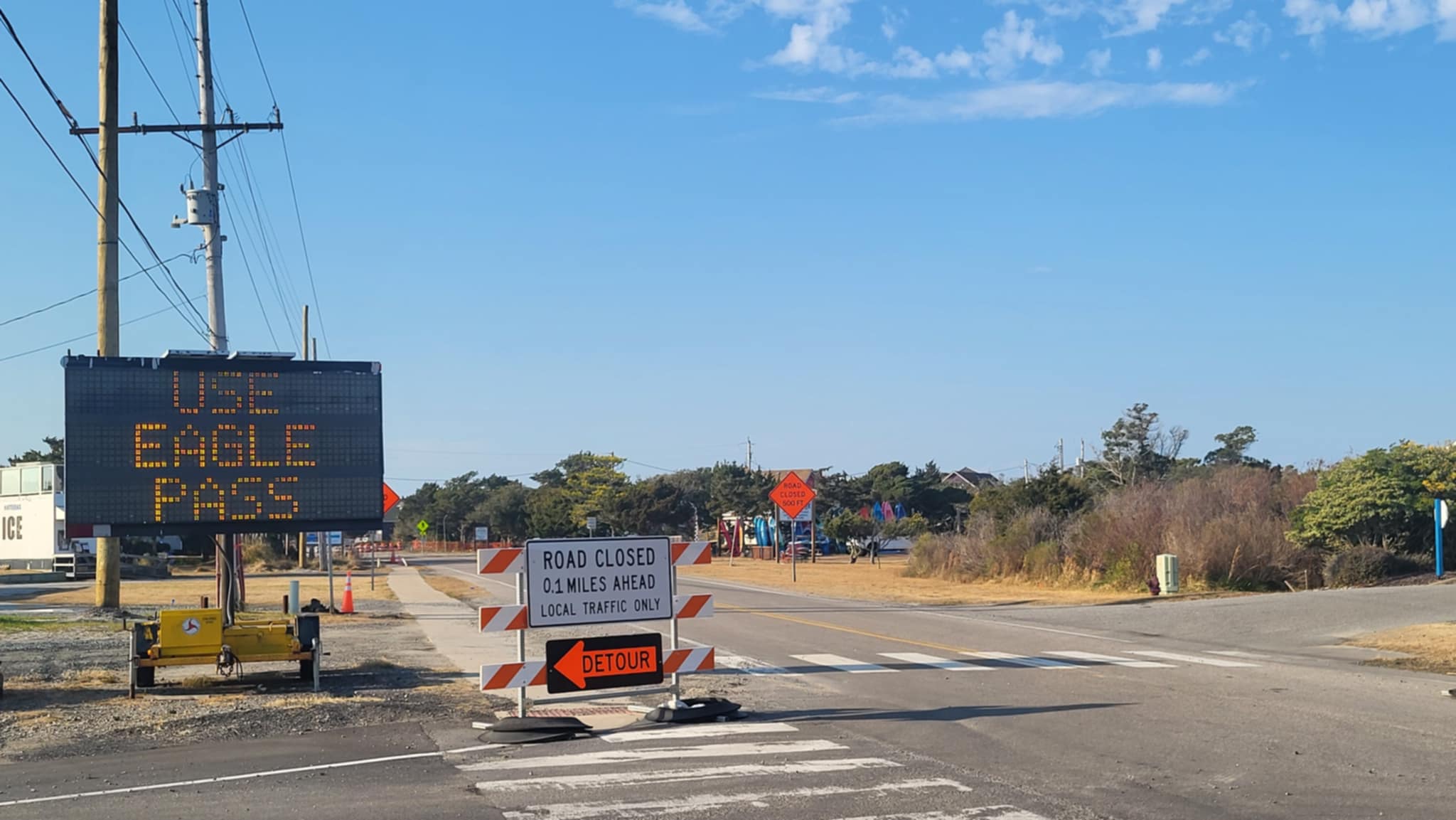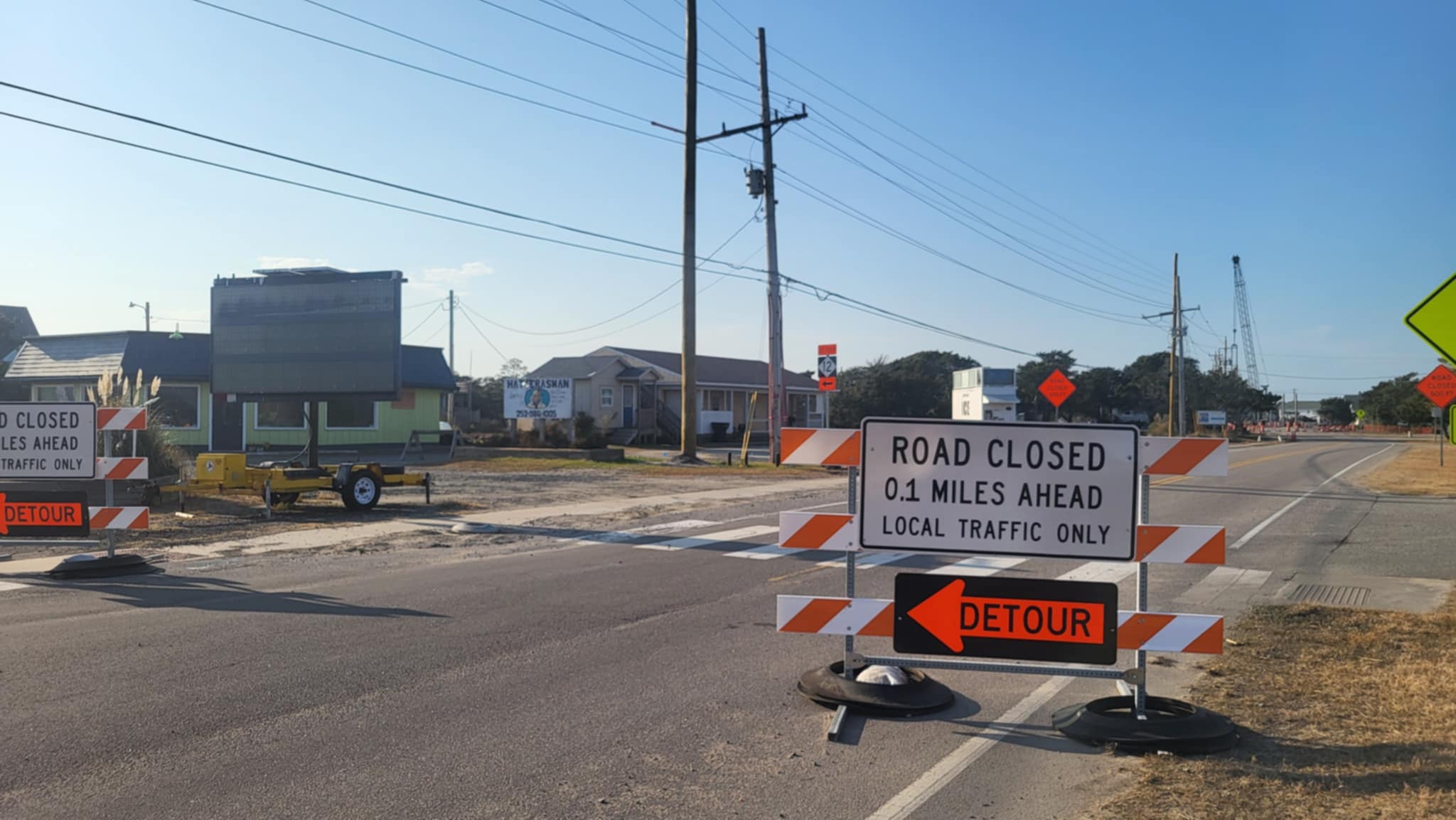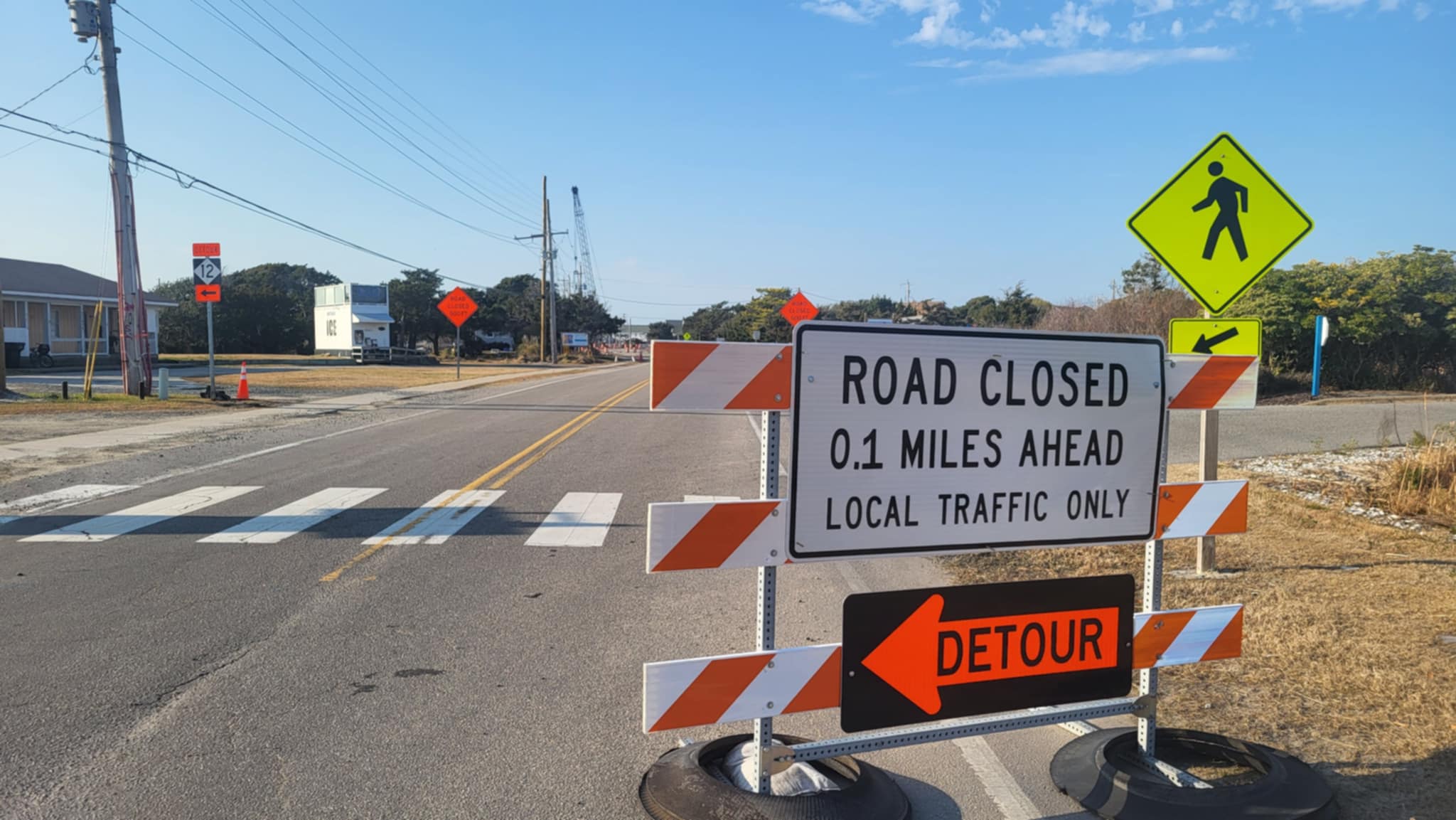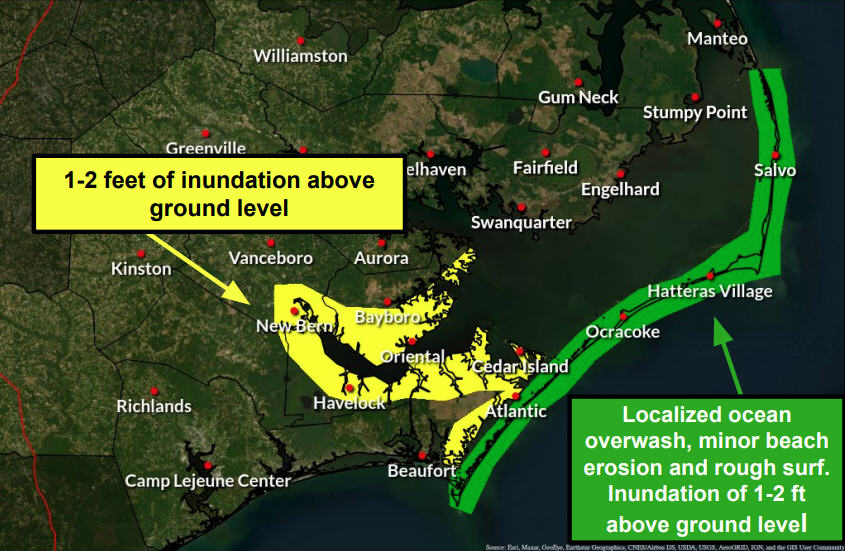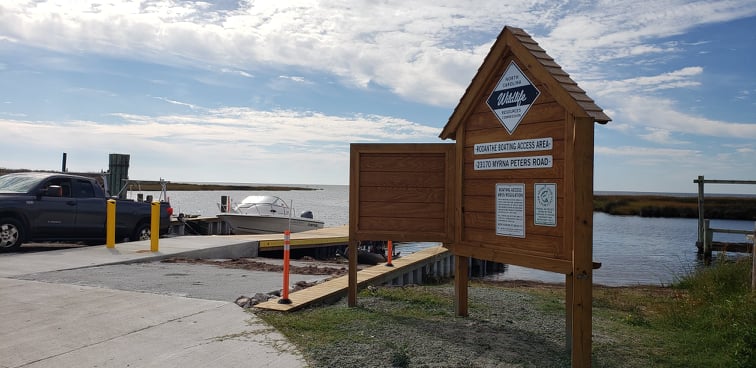Protecting the Sturgeon: Joy and consternation By BRAD RICH Coastal Review Online Last of two parts
To preserve what remains of the giant Atlantic sturgeon, the federal government will place the fish on the endangered species list starting Friday, Arpil 6. That leaves state officials waiting for the other shoe to drop.
North Carolina, as did some of the other states affected by the listing, opposed federal protection, though the sturgeon’s population in state waters is at historic lows. State officials aren’t so much worried about fishermen being fined for catching sturgeon since the state has banned possession of the fish since 1991. The numbers are so low that few hook-and-line fishermen have ever seen a sturgeon.
The state based its objections primarily on the restrictions that will likely be included in the plan that the federal government must devise to restore the sturgeon’s habitat in order to bring its population back to an acceptable level. The plan could include restrictions on commercial fishing gear and inlet dredging.
State officials don’t expect to the see those rules for a year or so, said Jacob Doyd, a protected species biologist at the N.C. Division of Marine Fisheries main office in Morehead City. In the interim, North Carolina will continue to try to learn more about the fish, he said, so officials will know which areas and specific fisheries will need gear restrictions and other protective measures.
In the Cape Fear, the division is working with the U.S. Fish and Wildlife Service to tag sturgeon to learn more about where they go and when. That knowledge, officials hope, will include specific areas where sturgeons prefer to spawn.
Doyd said that the lack of knowledge was one reason the division opposed the endangered species listing. For example, it’s not even clear at what age the fish mature in North Carolina waters, he said.
Time of ‘Heavy Lifting’
Louis Daniel, the division’s director, said the listing will “require some really heavy lifting for the next year or so” as the agency “scrambles” to determine what will be necessary.
Interactions between fishermen and sturgeon are probably fairly common, he said, but division officials are a bit in the dark.
“NMFS (the National Marine Fisheries Service) has indicated there are problems with trawls and gill nets, but they haven’t really shared their data with us yet,” Daniels said. “We haven’t gotten much direction. And we use a lot of trawls and gill nets in North Carolina’s inside waters.”
The service, a part of the National Oceanic and Atmospheric Administration, is one of two federal agencies that administer the Endangered Species Act.
Ensuring compliance will be time-consuming and expensive, he said, because it costs a lot to put observers on vessels. And budgets are tight.
Daniel said that he, like colleagues in Virginia, is also concerned about vessels running afoul of the law by unintentionally striking sturgeon.
“There are a tremendous number of questions about all of this,” he said. “How we come up with funding for observers is going to be a key issue.”
Daniel raised the cost of complying with new restrictions and the state’s other objections to the listing in a December letter to the National Marine Fisheries Service. Roy Crabtree, the service’s regional administrator in St. Petersburg, Fla., noted in his written response to Daniel a month later that the service is prohibited by the Endangered Species Act from considering “economic consequences” in its listing decisions.
He also noted that the state’s sturgeon moratorium had done nothing to improve the population. Neither does it address water quality issues in the rivers were the fish spawn, he wrote, nor does it prevent commercial fishermen from unintentionally catching sturgeon in their gill nets and trawls, known as “bycatch.”
“We believe continued overutilization of Atlantic sturgeon from bycatch in commercial fisheries is an ongoing impact… that is contributing to their endangered status,” Crabtree wrote.
While the state could sue to stop the listing, Daniel said no lawsuit is planned.
His division will continue to collect information on the fish, which will play a key role in the agency’s almost certain effort to obtain what’s called “incidental take” permits from the National Marine Fisheries Service, Doyd and Daniel said.
Under Section 10 of the Endangered Species Act, the service could allow, under carefully prescribed circumstances, a limited number of sturgeon to be unintentionally killed or wounded – “takes” in the language of the law. A Section 10 “direct take” permit would allow the division or other agencies to remove sturgeon for scientific purposes.
It’s the same section of the law the division has used in the past to make allowances for fishermen for who interact with or accidentally take threatened or endangered sea turtles while legally harvesting shrimp, even while using required turtle excluder devices in their trawls.
Dredging Channels
Others are worried about the listing’s potential effect on permits for maintenance dredging of navigation channels in rivers and inlets.
Doug Piatkowski, a biologist who regularly deals with endangered species for the Army Corps of Engineers’ Wilmington District Office, said listing of the fish will surely complicate and likely slow the process for some dredging permits.
“Basically, the EDA (Endangered Species Act) dictates how we do our work, in the sense that when a species is listed, we are required to consult with NMFS to ensure that dredging or other activities don’t negatively impact the species,” he said.
Under the formal process spelled out in Section 7 of the law, Piatkowski said, the Corps evaluates its proposed action in that light and submits it to NMFS. The service responds, providing its own analysis of likely effects and spelling out, if necessary, “reasonable and prudent measures” – essentially conditions – required to minimize those impacts should the activity be approved.
Much of the Corps’ experience in this region, like the fisheries division, has centered on sea turtles. Piatkowski said it was impossible to say, at this point, whether the listing of sturgeon could make dredging in some areas impossible. With sea turtles, he said, the corps has found that it is still able to “meet the needs” of those who desire dredging. But, he added, the endangered status of turtle species has resulted in requirements above and beyond those that would have been necessary had turtles not been in the area or not been listed.
“Are there challenges?” he asked, rhetorically. “Sure. But it’s just a part of what we have to do.”
Any time a listed species is present in an area proposed for dredging, he said, it’s possible that there will be smaller windows of time allowed for dredging.
Although Piatkowksi didn’t want to discuss specific inlets, one that is clearly on the minds of many in the area is Bogue Inlet, the often difficult-to-navigate passageway between western Bogue Sound and the Atlantic Ocean. Dredging is frequently needed there, and Rep. Walter B. Jones Jr., R-N.C., who represents most of coastal North Carolina, recently spearheaded a successful effort to get federal hurricane relief money made available for a project this year.
Piatkowski said that if an action, such as a dredge project is approved, and then a new species is added before the project takes place, it is necessary for the corps to “re-initiate” consultation with NMFS.
All of this, Piatkowski said, is complicated by the fact that sturgeons are anadromous; they are born in fresh water, spend most of their lives in the sea and return to fresh water to spawn. That means they use inlets. It’s further complicated, the biologist said – agreeing with Daniel – because much about the fish and its lifecycle is unknown, or at least not perfectly understood.
The bottom line, the corps biologist said, is that while the sturgeon listing presents numerous challenges, “the corps is already working hard to gather data … and will continue to work with NMFS and the (state) division of marine fisheries and with other states” to learn how those challenges can best be addressed.
Despite the reservations and challenges, the sturgeon is worth saving, said Noah Greenwald, director of the Hudson River Riverkeeper. Riverkeepers, which are part of the Waterkeeper Alliance, has a sturgeon as its logo. “Atlantic sturgeons are magnificent, long-lived creatures… that have suffered terribly from overfishing, habitat destruction and power plant intakes decimating their numbers,” he said. “Every effort should be made to protect the remaining population and the critical habitat it needs to survive and prosper.”
The Natural Resources Defense Council, an environmental group, petitioned the federal government in 2009 to declare the Atlantic sturgeon as endangered. Brad Sewell, an attorney with the group, told the Huffington Post that despite a decade-old ban on fishing, other threats have proved too challenging. He said the decision gives the fish that survived the Ice Age “a fighting chance to live on into the 21st century.”
(This story is provided courtesy of Coastal Review Online, the coastal news and features service of the N.C. Coastal Federation. You can read other stories about the N.C. coast at www.nccoast.org.)










